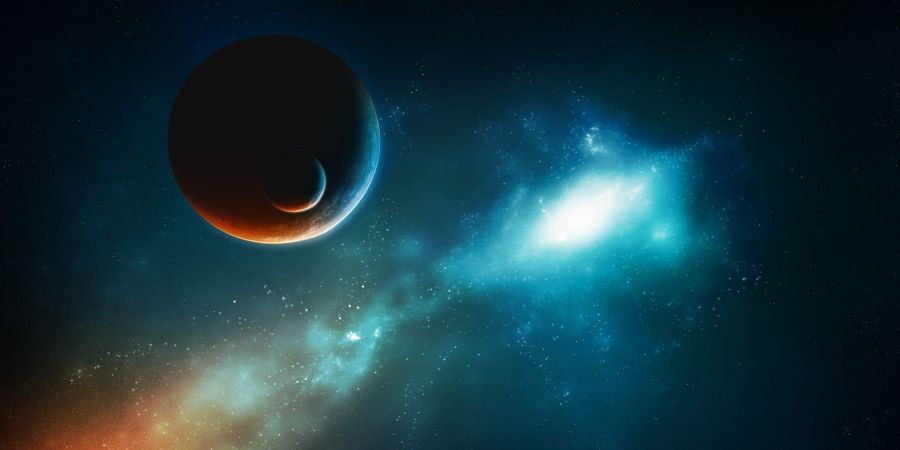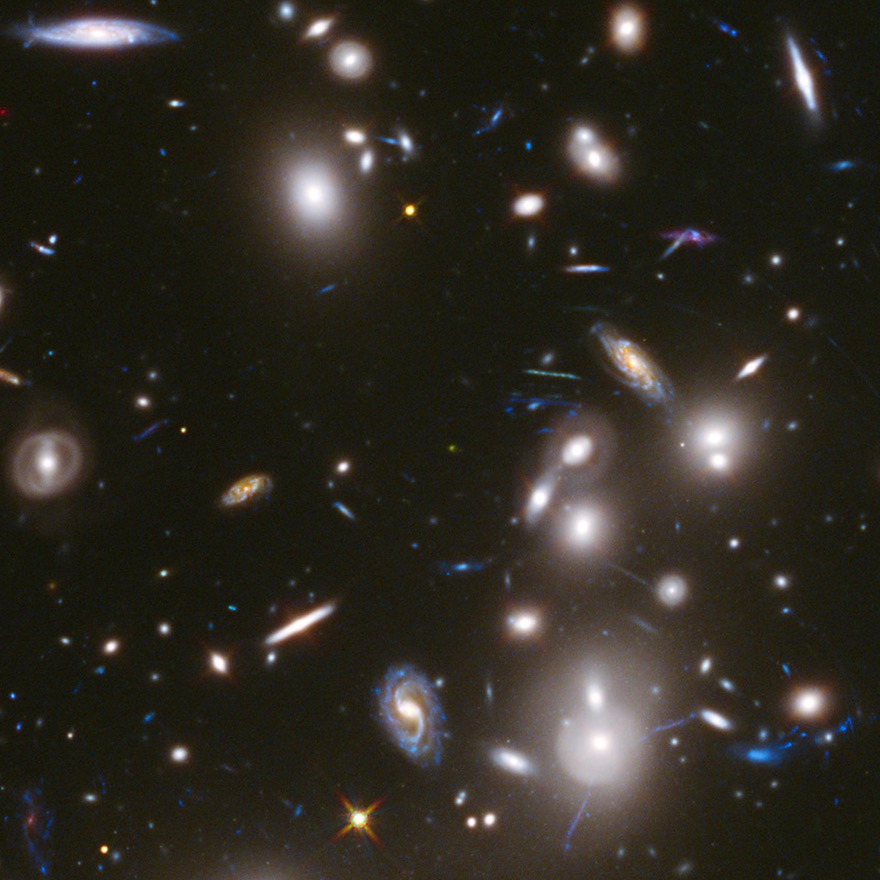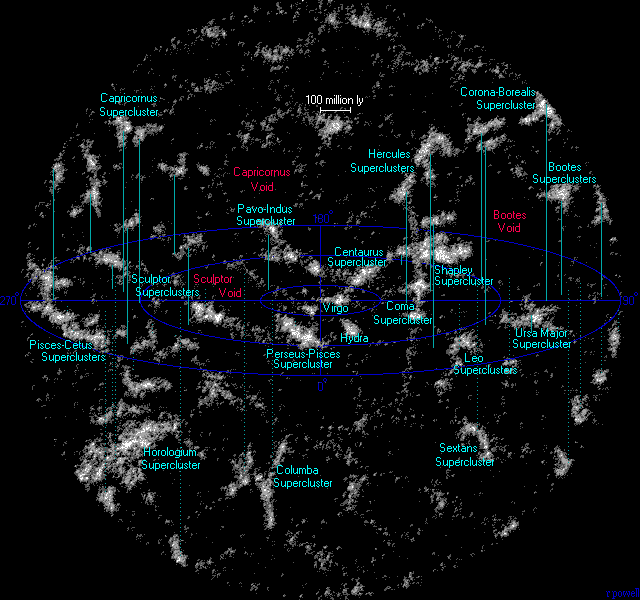

Have you ever imagined have the world beyond the earth?This is has been a very tough and interesting question for a past few decades.But our scientists had almost found the answers.The space beyond the earth is very fascinating,stars to gaze, sun in the centre,planets and their moons, asteriods and many more things discovered and yet to be discovered.The truth is there are many galaxies other than our milky way galaxy.So lets start our journey to the outer space.At almost 50 miles away from the sea level we see the whole new world, and when we head towards the moon ,our planet just look like a big blue ball.Travelling more further to the last planet neptune our planet looks like a very tiny thing.As we go further and further to other galaxies, all planets,sun,asteroids in our galaxy look very very small just like a dot .

travelling futher more almost a billion light years all galaxies become small and only clusters are seen.

Looks cool right! And these clusters form super clusters,each with a mass of about ~ 1013 - 1014 solar masses.There are several different classification schemes for galaxy clusters, "The groups" class is composed of small compact groups of 10 to 50 galaxies of mixed types, spanning roughly five million light-years.The milky galaxy belongs to the local group, which lies on the outskirts of the virgo cluster.
“Irregular clusters” are large loosely structured assemblages of mixed galaxy types , totaling perhaps 1,000 or more systems and extending out 10,000,000 to 50,000,000 light-years."Spherical clusters" are dense and consist almost exclusively of elliptical and S0 galaxies. They are enormous, having a linear diameter of up to 50,000,000 light-years.

The Big Bang theory is the prevailing cosmological description of the development of the universe.Supercluster, a group of clusters typically consisting of 3 to 10 clusters. Cluster of galaxies, Gravitationally bound grouping of galaxies, numbering from the hundreds to the tens of thousands. Large clusters of galaxies often exhibit extensive X-ray emission from intergalactic gas heated to tens of millions of degrees. Also, interactions of galaxies with each other and with the intracluster gas may deplete galaxies of their own interstellar gas.A third effect of the dense cluster environment is the presence in some clusters—usually rather small dense clusters—of an unusual type of galaxy called a cD galaxy.And this is not the edge of the universe. There many other universes yet to be discovered.












